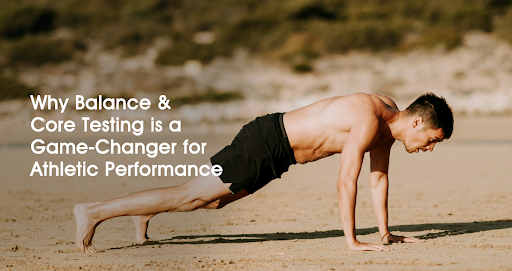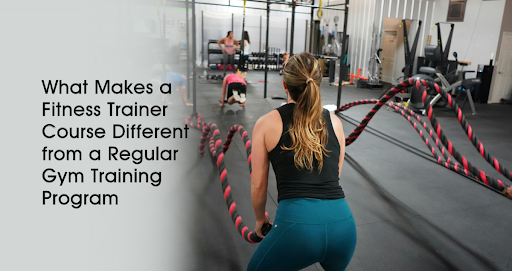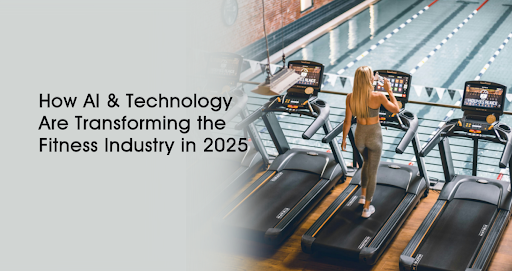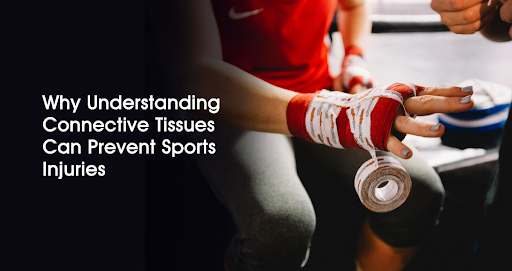
- info@fitindiatrust.org
- +91-7999567519

Why Balance & Core Testing is a Game-Changer for Athletic Performance
A strong core is the base of an athlete's performance. If you are running, jumping, or changing direction on the field, the core muscles play an important role in balancing movement, power generation, and injury prevention. Core testing is more than just having abs. It helps in deep stabilisation of muscles that connect the upper and lower body, allowing efficient movement, better balance, and improved endurance.
On the other hand, balance is the basis for all movement. In an overall sports performance, athletes generally look into strength, skills, and speed, but balance is a major aspect in sports performance as it has an effect on every action.
In this blog, we will highlight the importance of balance and core testing in fitness and how these two aspects transform the athlete's abilities.
What is the importance of Core Strength in an Athlete’s Performance?
Core strength helps to establish a powerful and stable midcentre, which allows sports enthusiasts to move efficiently, generate force, and manage control during competition. If you’re revolving on the court, running on the field, or having a fascinating impact on the opponent, the core is involved in every athletic movement.
The Core as the Base for Movement and Stability
The core incorporates different muscle groups, such as obliques, abdominals, lower back, and deep stabilisers, such as transverse abdominis. These muscles work together to:
-
Maintain posture and stability during workouts.
-
Offer a strong foundation for upper and lower body coordination.
-
Minimise unnecessary energy loss by improving movement efficiency.
What is the Importance of Balance in Sports Performance?
Balance is the vital factor in sports performance as it directly affects the major motions such as running, jumping, and other movements. Including balance measurement and training can result in better performance, higher efficiency, and fewer injuries for athletes.
Balance Training in Running
Running may look like a normal activity, but it needs a complicated interaction of balance and movement. To run effortlessly, the body should maintain perfect posture, alignment, and weight distribution. During running, an athlete must shift their weight from one leg to another and maintain forward momentum without losing stability. This requires dynamic balance to adjust the body constantly to the changing terrain and forces.
Balance Training in Jumping
Balance plays an important role in jumping. In basketball, volleyball, or football, an athlete's jumping ability depends on the proper coordination of strength, technique, and balance. A balanced approach to jumping allows the athlete to generate more power, push off the ground efficiently, and reach greater heights.
Balance Training for Agility and Control
Movement and rapid change in direction are the key skills in sports such as basketball, football, and soccer. In sports like basketball and golf, having control over the movement is important. Lack of strong balance leads to poor foot placement, loss of speed, and injury.
Athletes who have better balance can improve their flow and can respond to unpredictable movements.
Benefits of Core Testing and Balances in an Athlete’s Performance
Balance and core testing in fitness are the most critical factors, as they establish the foundation for all movements during sports performance. A strong core, testing, and well-developed balance help to improve performance, boost agility, and reduce the probability of injury. The benefits are as follows:
Enhance Power and Force Transfer
A stable and strong core is the central hub of the body, which allows force to be transferred from the lower body to the upper body. This is vital for strong athletic movements such as throwing or kicking a ball and swinging a bat.
Higher Movement Efficiency
With an efficient core, the arms and legs move freely with a steady trunk. This helps in smooth and coordinated movements with reduced wasted energy and improved endurance.
Increased Agility and Speed
Balance and core testing are mandatory for rapid changes of acceleration, direction, and movement. Training these two aspects will improve the ability of an athlete to move, cut, and react quickly during sports performance.
Minimised Risk of Lower Back Injuries
Weak muscles provide extreme stress on the spine during exercise. Strong core testing protects the spine and helps to maintain appropriate posture, and reduces the risks of lower back pain.
Prevention of Injuries
With a weak core, other muscles of the legs or the back of the athlete may compensate to stabilise the body. This provides stress on those areas, which leads to fatigue and injuries.
How Core Testing and Balance Enhance an Athlete’s Performance?
Balance and core testing in fitness is not only about stability, but it also directly affects the movement, reaction, and performance of an athlete. If you’re cutting sharply on the field or launching into a jump, the core testing and balance is the link between the upper and lower body.
Developing Agility and Rapid Directional Changes
Agility needs changes in direction, acceleration, and slowdown- all these factors depend on core control and balance. It helps athletes:
-
Manage balance during movements.
-
Absorb and transfer force effectively and reduce wasted energy.
-
Reduce the risk of losing control.
Increasing Endurance and Efficiency in Movement
Athletes with weak cores and balance experience severe fatigue because their bodies balance with inefficient movement patterns. The core strengths improve:
-
Postural endurance allows athletes to maintain proper form throughout a sports performance.
-
Breathing efficiency, as the deep core muscles help to manage respiration under stress.
-
Lower-body mechanism to reduce excessive stress on the hips and knees.
Final Thought
Enhancing a strong centre is important for athletes to boost their overall fitness and sports performance. A well-designed balance and core testing improves movement, reduces risks of injury, and fosters overall health. Studies show that there is a 15% improvement in balance and 10% maximisation in jump height among athletes who focus on core development.
To maximise sports performance, an athlete should use progressive strategies and the long-term investment in core training, which not only improves performance but also protects from injuries.
FAQs
-
What do you mean by balance and core testing in sports?
Balance and core testing in fitness help to determine the ability of the athlete to maintain stability and control through their core muscles during movements.
-
Why is core testing important for athletes?
Core testing fosters balance, stability, and movement efficiency in all sports. It is the major link between the upper and lower body and enables better force transfer and minimizes the risk of injury.


